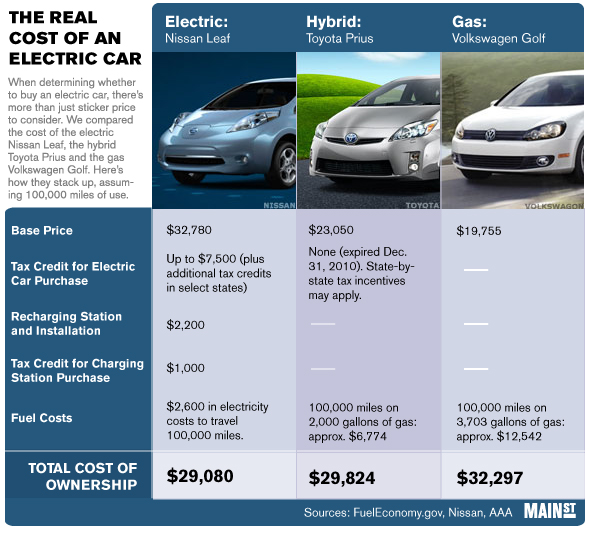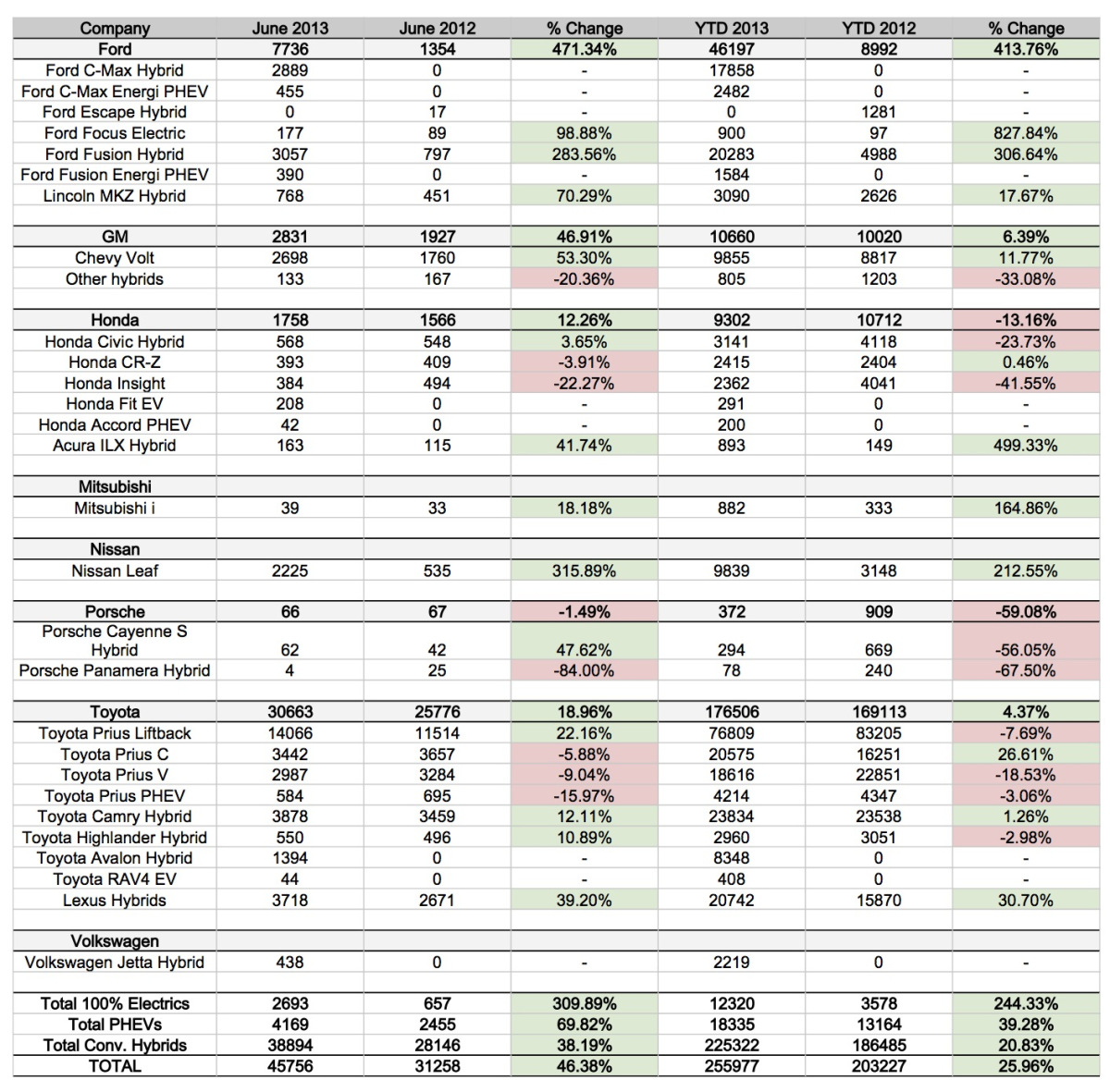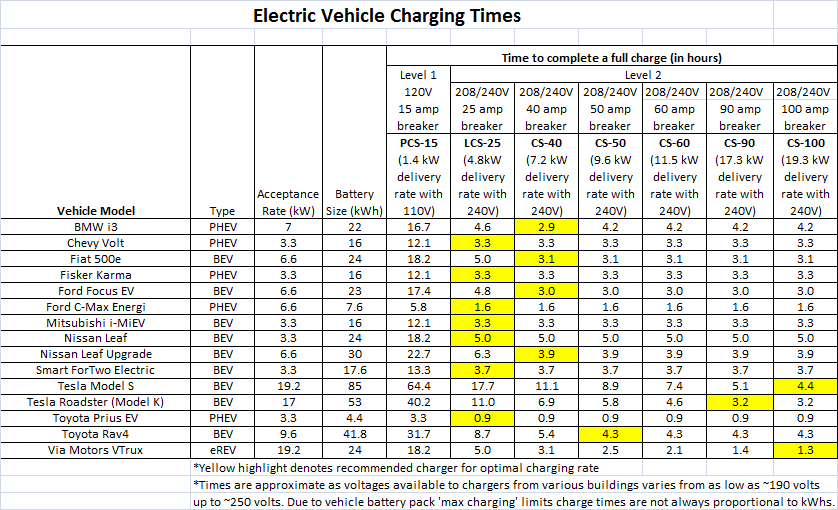 The Ontario government launched its Electric Vehicle Incentive Program in 2009 with the aim of insuring electric cars will represent one out of every 20 cars on the road by 2020.
The Ontario government launched its Electric Vehicle Incentive Program in 2009 with the aim of insuring electric cars will represent one out of every 20 cars on the road by 2020.
The program offers buyers or leasers of new electric cars varied incentives. As of July 1st, 2010, Ontario drivers are eligible to receive $5,000 to $8,500 toward their next purchase or lease of a new plug-in hybrid electric or battery electric vehicle.
The value of the incentive is based on the vehicle’s battery capacity, which ranges from $5,000 for a 4kWh battery to $8,500 for a 17kWh battery. In order to be eligible for the incentive, personal electric vehicles must be registered and plated in Ontario for a minimum of 12 months.
More information can be found by visiting the Ontario Ministry of Transportation
Ontario individuals, businesses, and organizations that purchase or lease a new plug-in hybrid electric or battery electric vehicle after July 1, 2010 may be eligible for a rebate between $5,000 and $8,500.
More Information on this program — source –:
The EV incentive program is open to persons, businesses, municipalities, non-government organizations and non-profit groups. Applicants can receive incentives for no more than five vehicles per calendar year.
Leased vehicles are eligible for an incentive depending on the term of the lease and whether the vehicle is used for personal or fleet purposes. To qualify for the full value of the incentive, a minimum 36-month lease term is required. If vehicles do not meet the specified term requirements, the incentive payment must be repaid in full.
To qualify for the incentive, EVs for personal use must be registered and plated in Ontario for a minimum of 12 months. Fleet vehicles must be registered and plated in Ontario for a minimum of 36 months to qualify for the program.
Eligible electric vehicles purchased in another jurisdiction can qualify for the incentive only if the registration of the vehicle in Ontario is the first time the vehicle has been registered in any jurisdiction. Vehicles that have been registered in other jurisdictions prior to Ontario do not qualify for the incentive.
If vehicles do not meet the residency requirements for the specified term, the incentive payment must be repaid in full.
There are two ways to receive the incentive. The automobile dealer can apply the incentive at the point-of-sale and then submit the incentive application on your behalf. Alternatively, you can purchase the vehicle at full price and apply directly for the incentive by completing the application form and submitting it to the Ontario Ministry of Revenue.
The incentive is applied to the after tax value of the vehicle. In the case of a leased vehicle, the monthly principle amount will reflect the reduced cost of the vehicle.
Download the incentive application form.
Consult the list of eligible vehicles and incentive values
If you are a vehicle manufacturer, download an application to qualify your vehicle for the Electric Vehicle Incentive Program







; ?>wp-content/themes/srptheme/images/Studion.png)